What New Yorkers Need to Know About Rent Limits
Tens of thousands of New Yorkers are moving into newer, rent-stabilized apartments. Many are paying "preferential" rents that tenant advocates say invite abuse by landlords.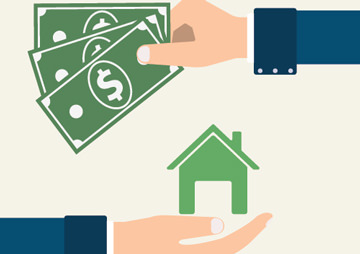 Shutterstock
Shutterstock
By Cezary Podkul / ProPublicaThis piece originally ran on ProPublica.
Q. Is there a limit on rent increases for my apartment?
A. You can punch your address into the search page maintained by the state’s Division of Housing and Community Renewal (DHCR). Another option is AmIRentStabilized.com, which tracks buildings constructed before 1974 with six or more units. Generally, rent increases are limited on apartments in these buildings until the monthly rent exceeds $2,700. Lower caps can apply in these buildings, depending on when a tenant moved in. You can also find out your apartment’s status by getting the official rent history — see how below.
Q. What is “rent stabilization”?
A. Under rent stabilization, a body called the Rent Guidelines Board sets allowable rent increases for an estimated 1 million apartments in New York City. The board, created in 1969, is appointed by the mayor. In June, for the first time in its history, the board voted a 0 percent increase. The freeze is for one-year leases beginning after Oct. 1; two-year leases can rise 2 percent, also a historic low.
Q. You wrote about “preferential” and “legal” rents. What’s the difference?
A. Rent limits apply to the “legal” rent listed on your lease. Landlords may charge less than that — a “preferential” rent. Leases often list both legal and preferential rents. Landlords may raise a preferential rent by more than the Rent Guidelines Board limits — except that for original tenants in a rent-stabilized building, the legal rent is the initial rent paid, even if it’s called “preferential.” According to the Metropolitan Council on Housing, a tenant rights group, landlords sometimes use “preferential” rents to hide fraudulently high “legal” rents. The DHCR, which oversees rent stabilization, doesn’t verify the accuracy or legality of “legal” rents that landlords register.
Q: How do I know if my lease is rent-stabilized?
A. If your landlord is following the law, your lease should have a rider that looks like this.
Q: I live in a newer apartment building and my rent is over $2,700 a month. Does that mean my apartment is not rent-stabilized?
A. No, not necessarily — and this is a common confusion. Buildings built after 1974 are also frequently subject to rent stabilization if they are getting property tax breaks from the city known as J51 or A.page”>421A. These tax breaks, which can last for decades, require landlords to subject ALL their units to rent stabilization for the duration of the tax breaks, no matter what the monthly rent is. So you could be paying $2,700 or more in rent and still be entitled to all the rights of a stabilized lease.
Q: Can I check to see if my building is receiving one of these tax breaks?
A. You can look up property tax benefits on the New York City Department of Finance’s website by typing in your address here. If you see a J51 or 421A property tax benefit listed there, that means — by law — you are entitled to a stabilized lease from your landlord. If you believe you are entitled a stabilized lease but are not getting one, you can file an overcharge complaint using this form. Do that here. Other complaint forms are available here.
Q: What’s a “vacancy allowance”? How does that affect me?
A. When a tenant leaves an apartment, landlords have the right to raise the legal rent by up to 20 percent. That’s true even if the vacancy simply involves adding a new roommate to the lease. New York lawmakers scaled down the increase in June, but it it’s still sizeable.
Q: How can I learn my apartment’s rent history?
A. You are entitled to a copy from DHCR. Landlords must report legal and preferential rent to the state annually. The rent history lists all the rents paid on your apartment by you and previous tenants. It will also indicate whether your apartment was registered for rent stabilization by indicating “RS” next to the annual rent listing. Follow the directions on AmIRentStabilized.com to request your copy or get it directly from the state by following the directions listed here.
Q: So I checked. I am in a 421A or J51 building and I have a stabilized lease, but my rent is still going up by more than the Rent Guidelines Board allows. What should I do?
A. That could happen because vacancy bonuses pushed up the legal rent on your apartment to high levels. But your landlord could also be skirting the rent stabilization laws. You need to investigate further to be sure: Get a copy of your rent history to see if there’s a big gap between the initial legal rent and actual rents paid and contact a lawyer to see if subsequent Rent Guidelines Board increases were correctly applied.
Q: If I need help, what do I do?
A. Groups such as Tenants & Neighbors and the Metropolitan Council on Housing may be able to help. Others like CASA serve specific neighborhoods. Here is a comprehensive list of tenant organizations.
Q: What else can I do?
If you think your landlord is not providing you a stabilized lease when they should, or that they’re raising rents by more than they should, fill out our confidential survey.
ProPublica is a Pulitzer Prize-winning investigative newsroom.
Your support matters…Independent journalism is under threat and overshadowed by heavily funded mainstream media.
You can help level the playing field. Become a member.
Your tax-deductible contribution keeps us digging beneath the headlines to give you thought-provoking, investigative reporting and analysis that unearths what's really happening- without compromise.
Give today to support our courageous, independent journalists.
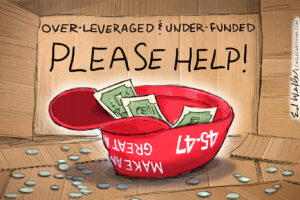
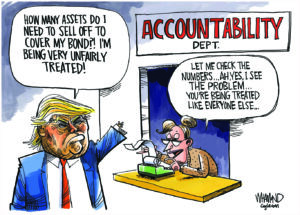
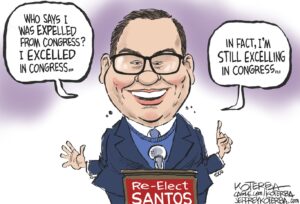


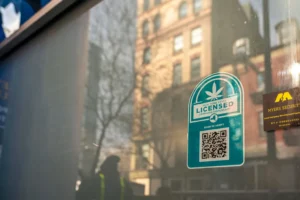
You need to be a supporter to comment.
There are currently no responses to this article.
Be the first to respond.